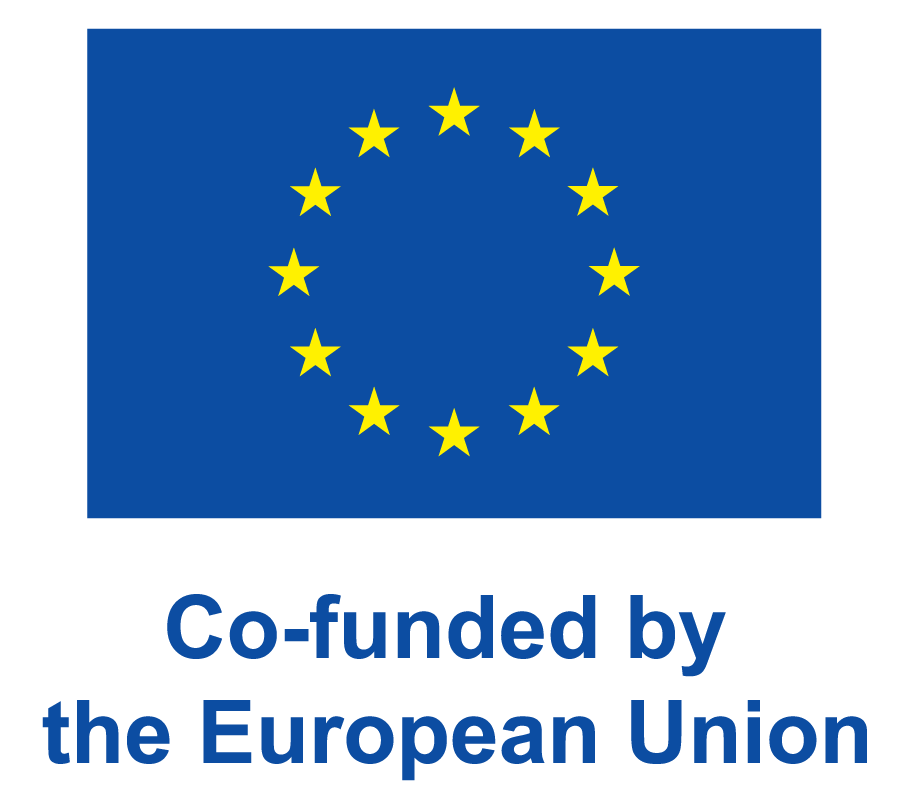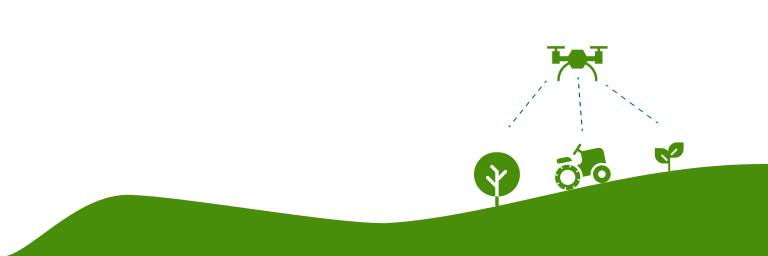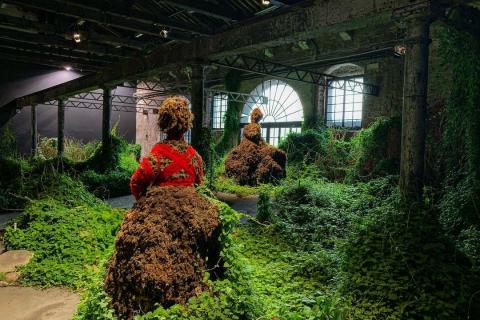Церемония по награждаване в конкурса „Арт-циклиране“
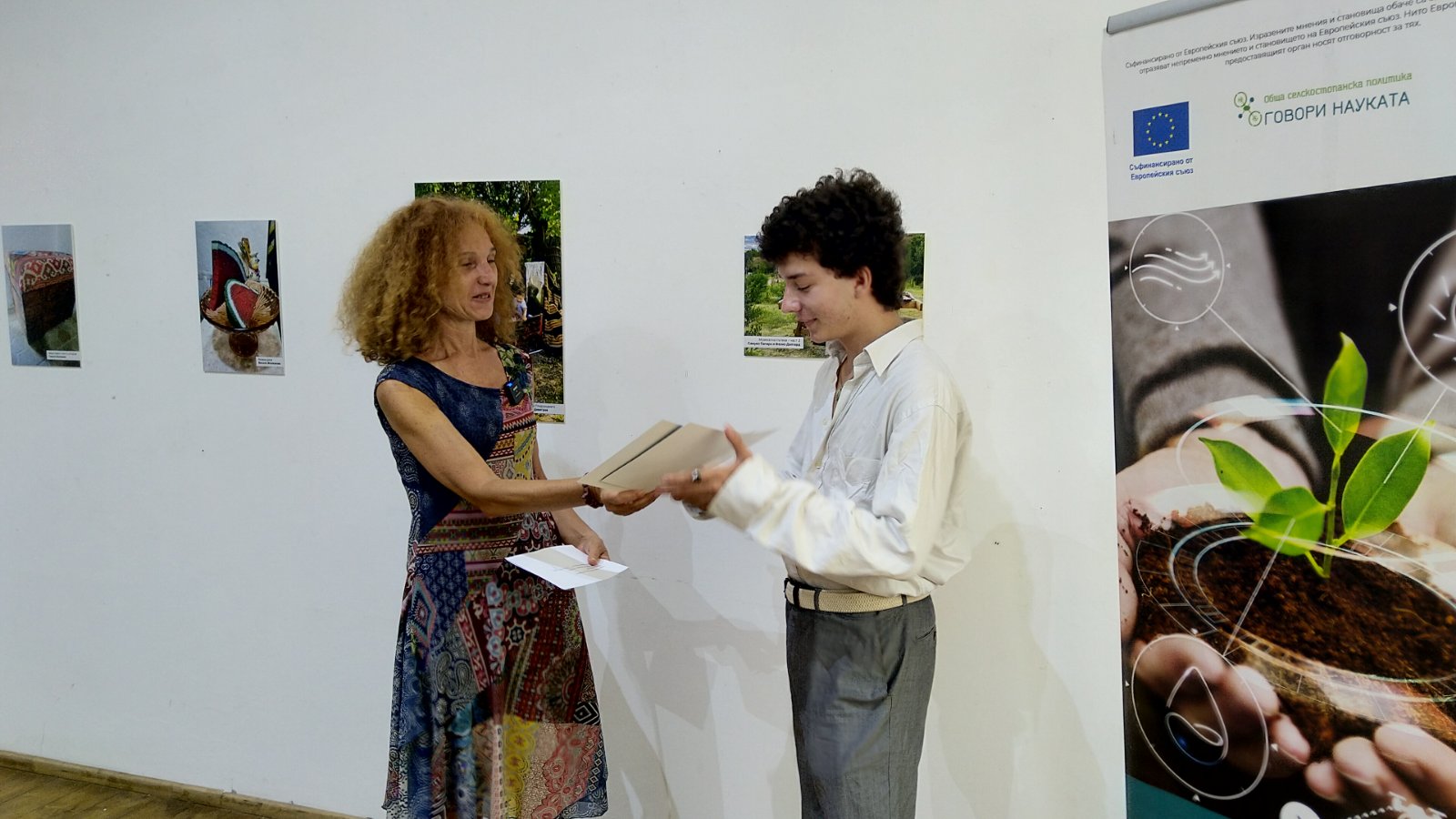
Първо място и "Любимец на публиката", Самуел Папаро. с. Илинденци
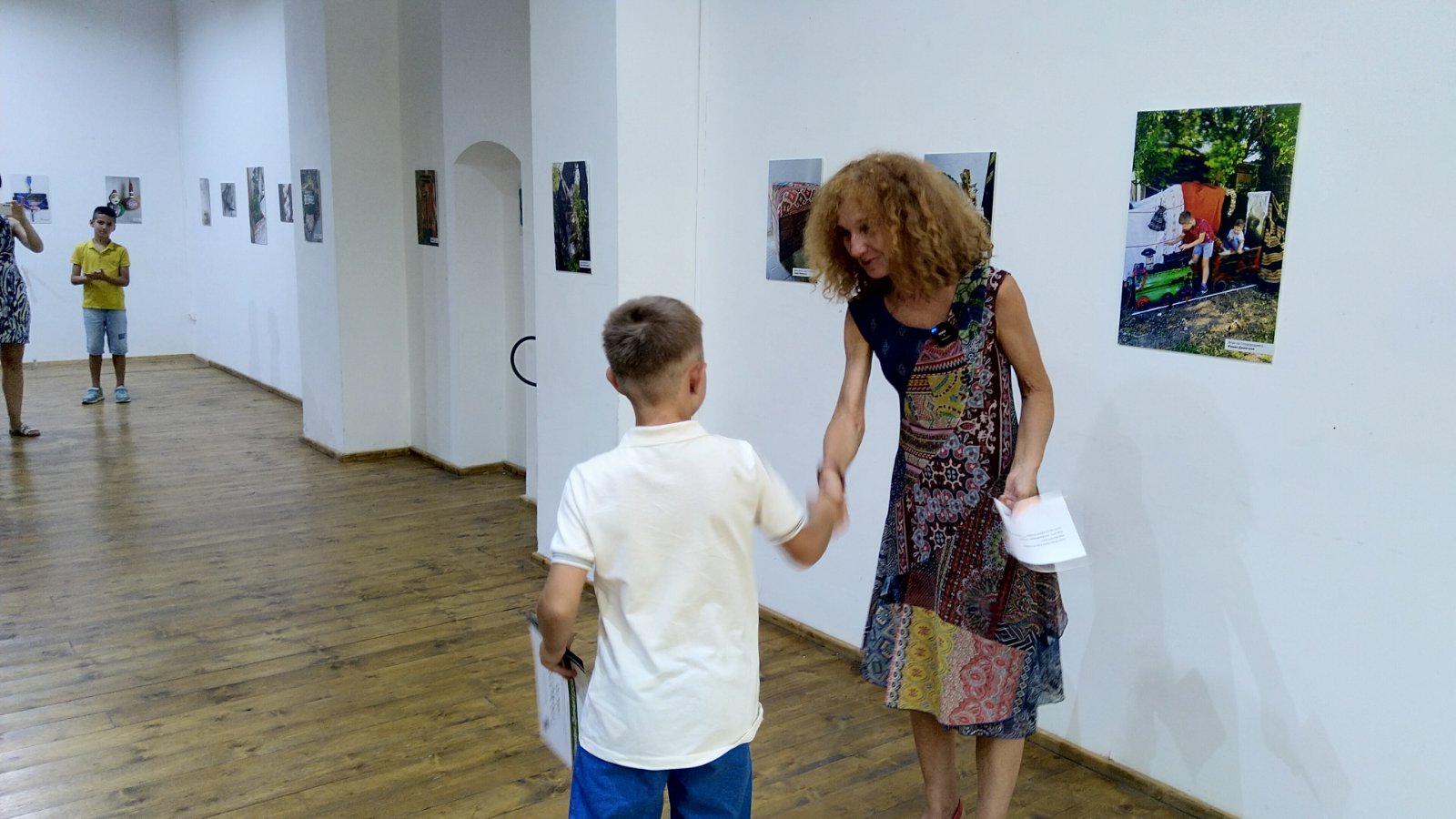
Първо място: Камен Димитров, Добрич
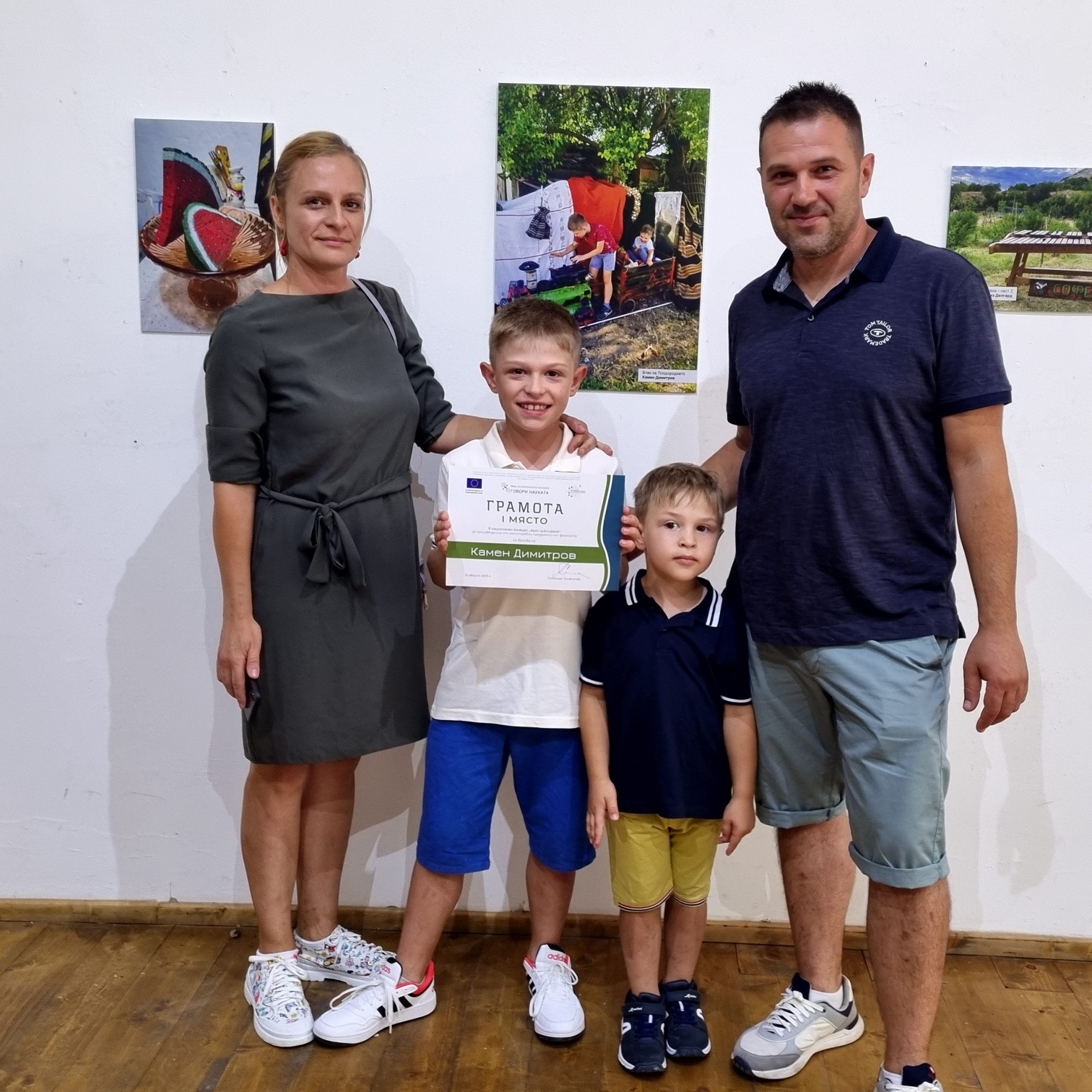
Първо място: Камен Димитров, Добрич
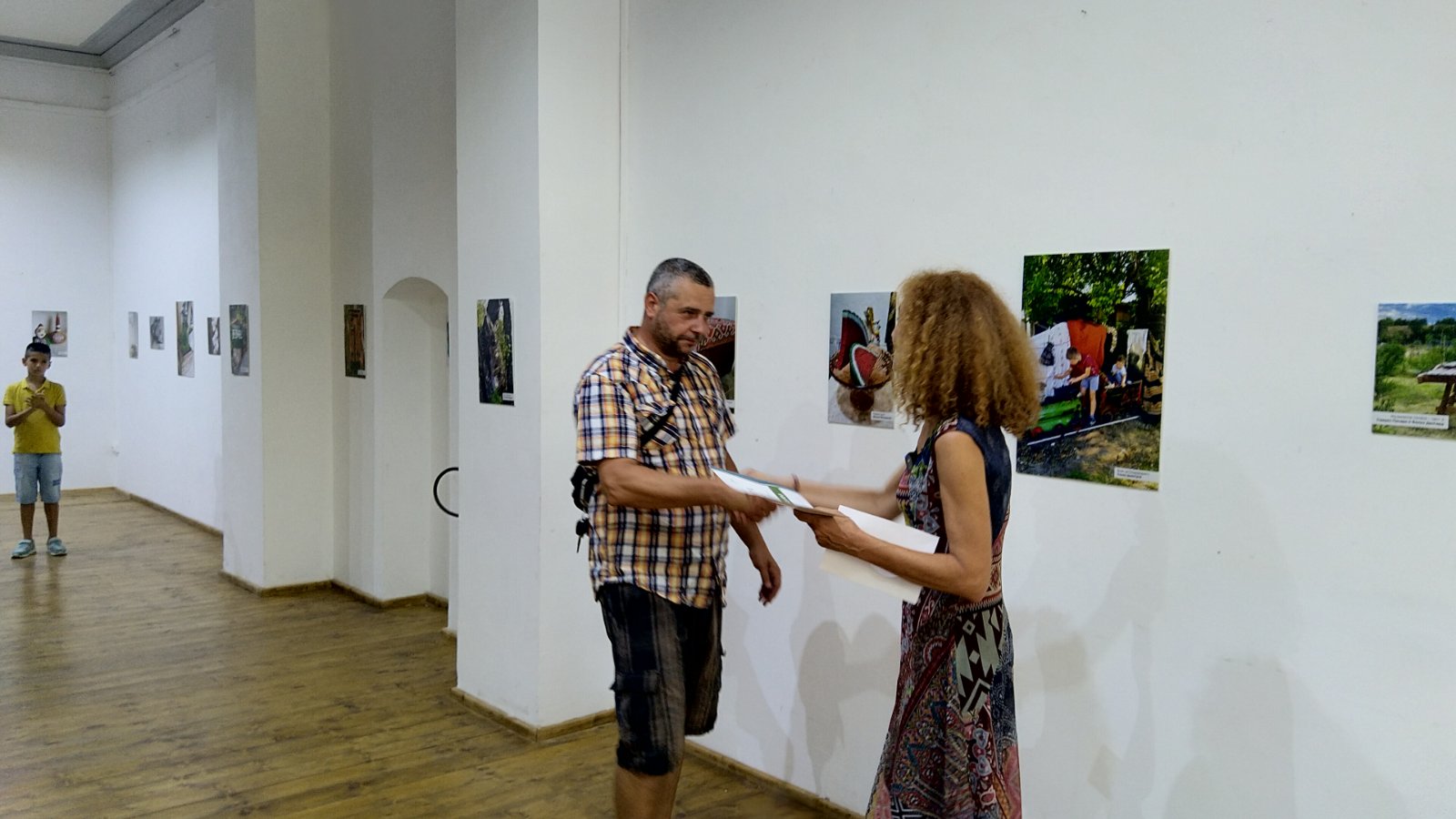
Второ място: Иван Мавродиев, Благоевград

Изложба "Арт-циклиране"

Изложба "Арт-циклиране"

Изложба "Арт-циклиране"
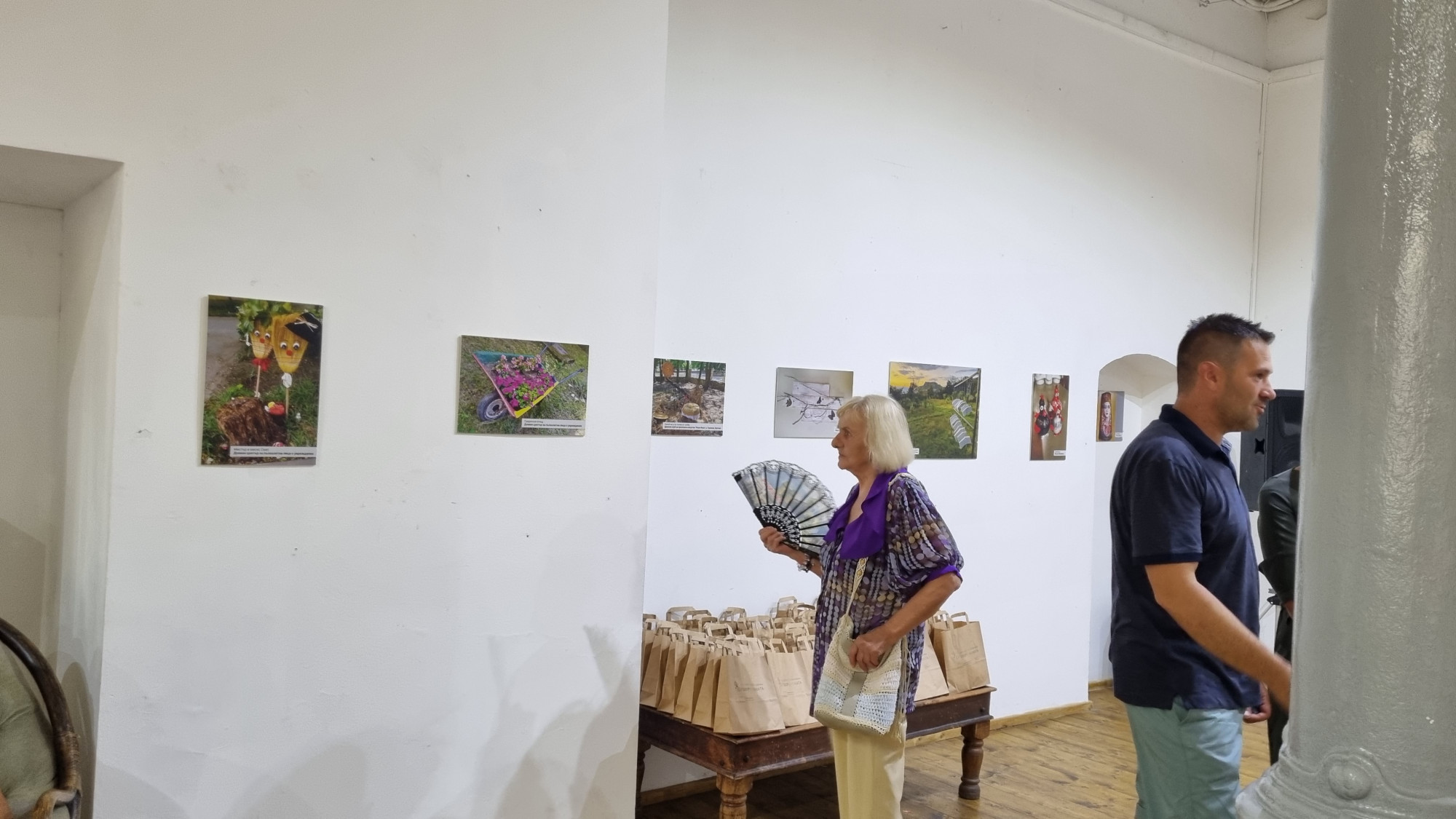
Изложба "Арт-циклиране"

Изложба "Арт-циклиране"

Изложба "Арт-циклиране"
